Lavender can help protect your garden as a companion plant. The biggest reason is that deer, rabbits and other wildlife nibblers tend to ignore lavender due to its strong odor.
Lavender is easy to cultivate in most U.S. Plant Hardiness Zones. The aromatic, herbaceous perennial adds a delightful scent to the air. The popular, colorful plants provide an attractive contrast to neighboring plantings.
Below are some companion planting tips that will help you grow fragrant, beautiful lavender plants.
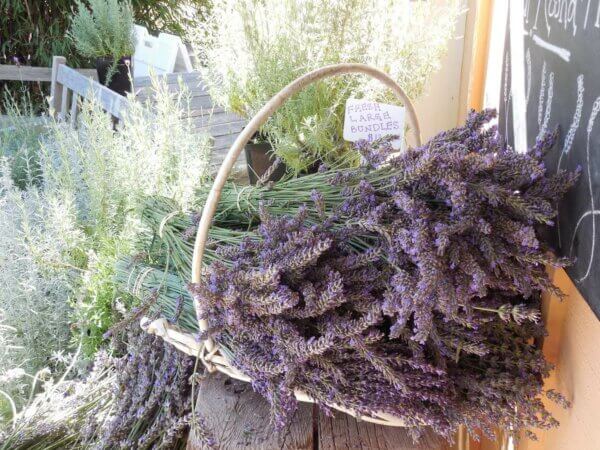
Companion Plants For Lavender
Companion plants that help lavender grow:
- basil
- mint
- rosemary
- thyme
Lavender will help these plants grow:
- Brussels sprouts
- cabbage
- cauliflower
- broccoli
- celery
Why Lavender Is A Great Companion Plant
Companion planting works well as a means of repelling insects and preventing disease when certain plants are growing next to or near each other. Experienced gardeners say that companion planting is based more on observation than science.
Lavender benefits the garden by attracting pollinators such as bees and butterflies that love its heady, sweet fragrance. The foliage of lavender is a standout in the garden where its silvery or gray-green hues contrast nicely with its neighbors.
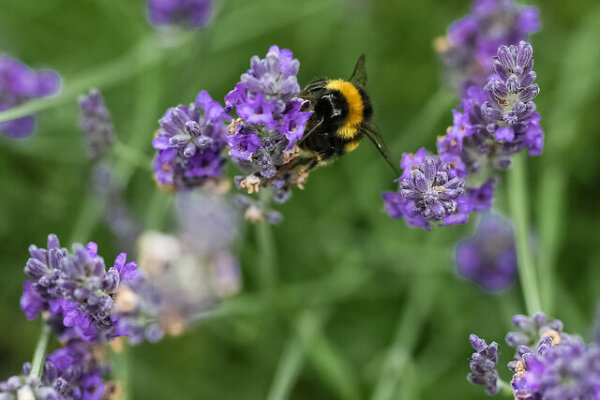
Lavender repels many harmful insect pests, making it especially useful when planted as a border around the vegetable garden. It is a great companion plant for a variety of other plants. For example, lavender is highly effective in repelling cabbage worms that infest vegetables. It also repels larger pests, like deer and rabbits, which don’t like lavender’s strong scent.
Where To Grow Lavender
Lavender is found in all parts of North America. It has culinary value and amazing medicinal properties. Lavender is a great cash crop, and you can easily grow some as a side business. Your local nursery or extension agent can help you determine which varieties do best in your part of the country.
Lavender is a bit picky about the type of land it grows on. Lavender loves being near large bodies of water. It thrives close to bodies of water but requires dry soil in which to grow. Lavender cannot tolerate soggy or continuously damp ground. Lavender cultivated in excessively humid locations often displays problems with gray mold.
Lavender is a disease and drought-resistant. The aromatic subshrubs are popular in herb gardens or as a perennial border. Lavender is tolerant of pollution, so it works well in urban settings.
Lavender requires bright sunny days and relatively mild winters and easily adapts to Plant Hardiness Zones 5-9. However, several hybrid varieties of lavender, such as English Lavender (Lavendula augustifolia), are winter hardy and do well in U.S. Plant Hardiness Zone 4 and to its north.
Lavender plants cultivated south of Zone 6 tend to develop fungal diseases when grown in areas of high humidity. If you live in that area, plant lavender far enough apart to allow for adequate air circulation as the plants mature.
Varieties Of Lavender
There are more than 30 species of lavender and hundreds of different varieties. These three are some of my favorites.
English Lavender – English lavender prefers warm sunny days with long hours of sunlight. The hardy perennial is popular as a landscape plant and used in fresh or dried floral arrangements. It has an intensely sweet aroma. This variety is one of the most popular kinds of lavender.
Lavandin– This variety is grown primarily for its essential oils, which are used in perfumes, lotions, and body potions. This species yields up to five times more essential oils than other types of lavender.
Spanish Lavender- Spanish lavender is ideal for warmer climates in Zones 7-10. It’s lovely in bouquets or dried for sachets. Spanish lavender is the easiest variety to cultivate. It also blooms sooner in the spring than other varieties. This variety is one of the most popular kinds of lavender.
Other Kinds of Lavender
Drought tolerant Lavender Grevillea is one of the most popular varieties of lavender. It grows fragrant pink flowers. So does Miss Katherine Variety. Provence Blue and Hidcote, varieties of English lavender, are also favorites of home gardeners.
Blue Mountain White and Artic Snow are white-flowering lavender varieties hardy in Plant Hardiness Zones 5-9. Ballerina, Seal, and densely flowering Rosea are also easy to cultivate and offer intense aroma and color stability.
Lavender Cultivation
Select Size – Carefully choose the site to plant your lavender, keeping in mind the size of the plant at maturity. Some dwarf varieties are less than eight inches wide, while others have up to a five-foot spread. Be sure to allow room around the plants for adequate air circulation. Allow at least one foot between each mature plant. Several varieties of lavender grow to a mature height of two feet or more.
Soil Preparation – Work the soil until it’s soft and loose. Lavender does not do well in compacted soil. Add gardener’s sand to improve drainage if needed. Do not use beach sand, as it contains salt residues that will kill lavender plants. Lavender flourishes in slightly alkaline soil. Take a sample of your soil to your local extension office for a soil test, and adjust pH as recommended. Lavender grows best in soil with a pH of 6.0-8.3.
Planting & Pruning – Remove lavender plants or plugs from the pot and gently spread out the root mass. Transplant lavender in soil to the same depth as when potted. Carefully prune the new planting. A bit of trim will encourage stems to branch and put forth fresh growth. You’ll find this encourages a lush, attractively shaped, and full plant at maturity.
Watering – Lavender requires full sun for vigorous growth. However, afternoon shade is beneficial on hot summer days. Lavender plants are drought tolerant once established, but will produce more flowers if they don’t dry out. Lavender does best with one inch of water per week. Good drainage is required, as lavender plants will wither and die in soggy, wet ground.
Fertilizer – In most soils, fertilization is not necessary. If the soil is too rich, lavender plants will produce more foliage than flowers.
Harvesting – Most varieties of lavender flowers from early June through August. Plan to harvest lavender in late morning on a sunny day to avoid trapping moisture from dew or rainfall. Harvest when flowers first bloom to capture all of the aromatic essential oils. Heat can cause oils to evaporate.
Drying – When you harvest lavender, trim it in uniform bunches. Secure it with a twist tie or rubber band. Doing so will keep the bundles from coming loose as they contract during the drying process. Hang the lavender upside down to dry in a warm, dark place to prevent flower color from fading.
Propagating -To retain color and size, most lavender farmers propagate new plants from cuttings rather than seeds. When you trim your lavender plants, place individual cuttings in a seed tray filled with a potting soil mixture. Keep them moist in a sunny location until roots are firmly established. When the plant has reached a size appropriate for repotting, move it to a permanent location in the garden.
Problems – Many varieties of lavender are susceptible to root rot and leaf spot. They may not survive winter temperatures if the soil is not well-drained and the ground is not covered with an insulating blanket of snow.
Growing Lavender As A Business
Lavender is a great cash crop: lavender flower buds, spikes, and tips have a diverse array of commercial and culinary uses. Growing lavender in the urban or rural homestead is a terrific way to turn a passion for herbs into a side business. A few dozen plants can provide plenty of fresh or dried lavender bouquets to sell at the farmer’s market.
References:
- Lavender Production and Products, ATTRA Sustainable Agriculture Information Services
- Propagating Your Own Plants, Better Health
- Lavandula angustifolia ‘Munstead’, Missouri Botanical Garden
- What’s Going On With My Lavender? Cooperative Extension
- Lavender, National Center For Complimentary And Integrative Health
When she’s not planting and weeding in Northwestern Montana, Marlene Affeld writes about gardening and her love of nature.




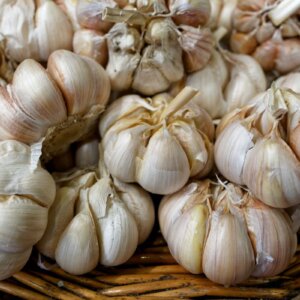


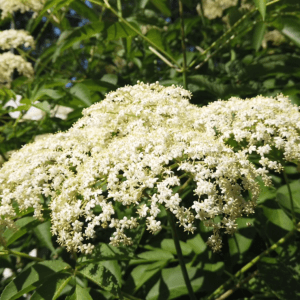

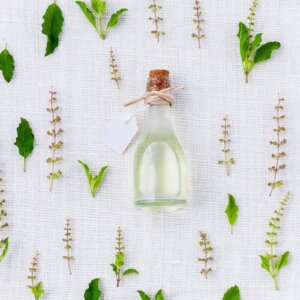

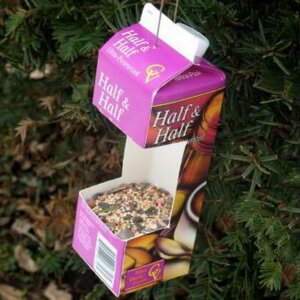

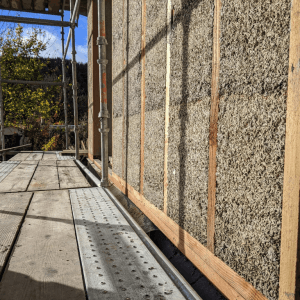

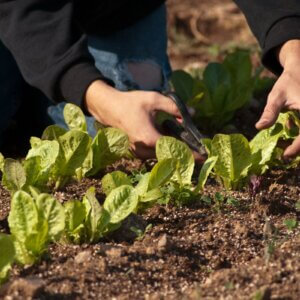


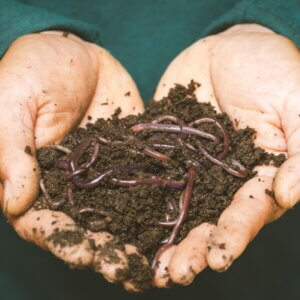


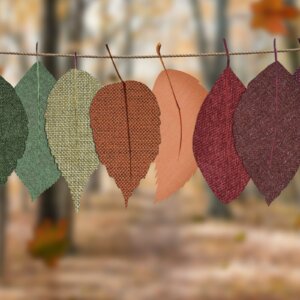



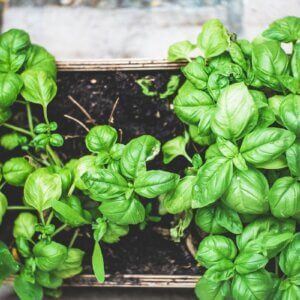
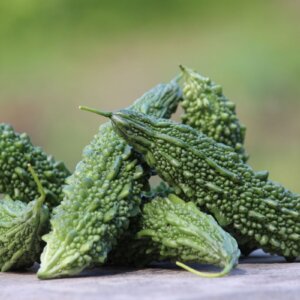


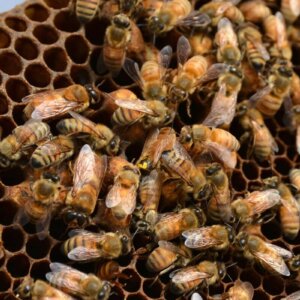
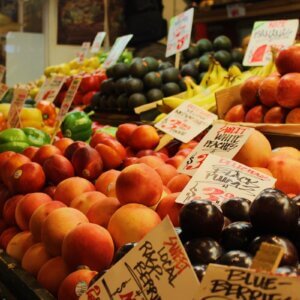

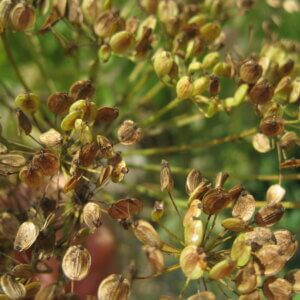



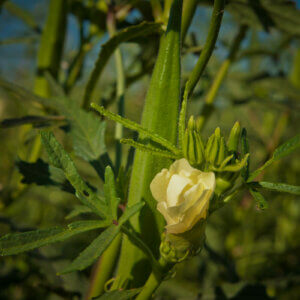
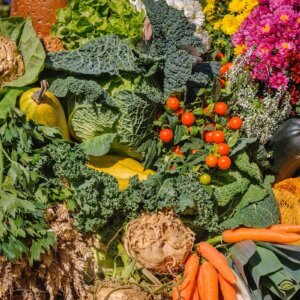


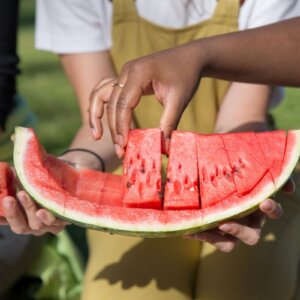
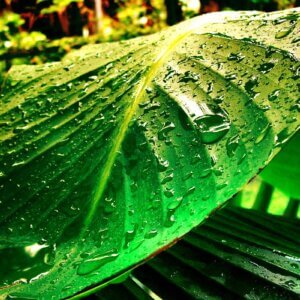
can i grow lavender or in the north east specificaly in massachusettes or is the weather a big factor?
Denise–
Try out the Munstead Strain (this is the variety we’re planting at our homestead). It’s supposed to be the most weather-hardy of the lavenders, all the way to 5b (which I think is your growing zone in Massachussettes?) We got our seeds here–> https://www.rareseeds.com/lavender-munstead-strain/